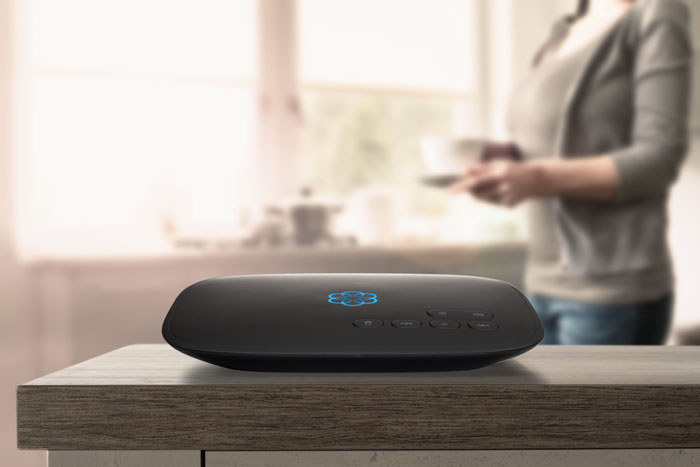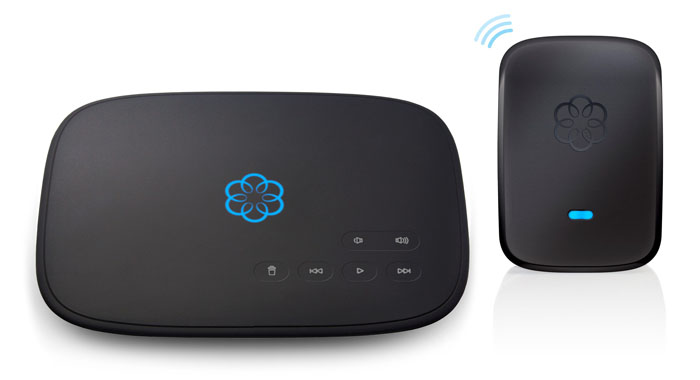7 Advantages of Using a VoIP Phone System

While we certainly think Ooma is the best VoIP service out there and provides many more advantages than your everyday provider, there’s a list of common advantages over traditional telephone service that all VoIP providers share. If you’re on the fence about whether or not to ditch your landline, here are seven common advantages of VoIP.
It costs less.
Because VoIP doesn’t need to travel over traditional phone lines for much of its trip and can instead use the free and open Internet to complete your call, overhead for VoIP companies is far less than that of a traditional telephone provider. Take international calls for example: Instead of traveling over undersea cables to reach its destination, which the telephone company must pay for the rights to use, your voice call can travel over the Internet. That’s much cheaper.When there’s less overhead, a company can offer its service for less, and that’s exactly what VoIP does. In some cases, you don’t have to pay anything at all: In the case of Ooma-to-Ooma calls, it’s 100% free for as long as you talk.It’s easy to install.
Traditional phone lines require a professional installation to get your service up and running. That’s not necessary with VoIP. Except in the most complex of installations, you can set up your VoIP phone system on your own. Ooma’s setup walks you through the entire process, and you can have your phone system up and running in a matter of minutes.It’s portable.
Your phone system is not tied to any one location with VoIP. This makes it extremely easy to place your phones anywhere they need to be, as well as easily move them from one location to another. You can also access your phone system even when you’re not at home through web-based services and apps. For frequent travelers and movers, VoIP just makes a lot more sense.It’s rich in features.
There aren’t as many technological limits to what VoIP can do. You’re no longer limited to basic phone services and forced to pay extra for additional useful functionality. Ooma provides services like call blocking, call waiting and caller ID, encrypted communications to prevent snooping, voicemail and high-definition-quality calls. You can even control and monitor your phone system through a web-based portal. Most of those features are an extra monthly charge with most traditional phone providers.Higher tier packages — like Ooma’s Premier Service — add more features for a low monthly fee. For just $9.99 per month, you get free calling to the U.S. and Mexico, an Instant Second LineTM with a second number, advanced call blocking and conferencing features. In many cases, you’d pay that monthly fee for just one service from a traditional phone provider.It supports your old telephone equipment.
You might think that you’ll need new equipment in order to take advantage of VoIP’s great features, but that’s far from the truth. Through special devices called ATAs — short for analog telephone adapters — your phone or fax machine can be connected to your VoIP system with little effort. The Ooma Linx is the device used in the Ooma Telo system to connect your traditional telephone equipment to VoIP service.



